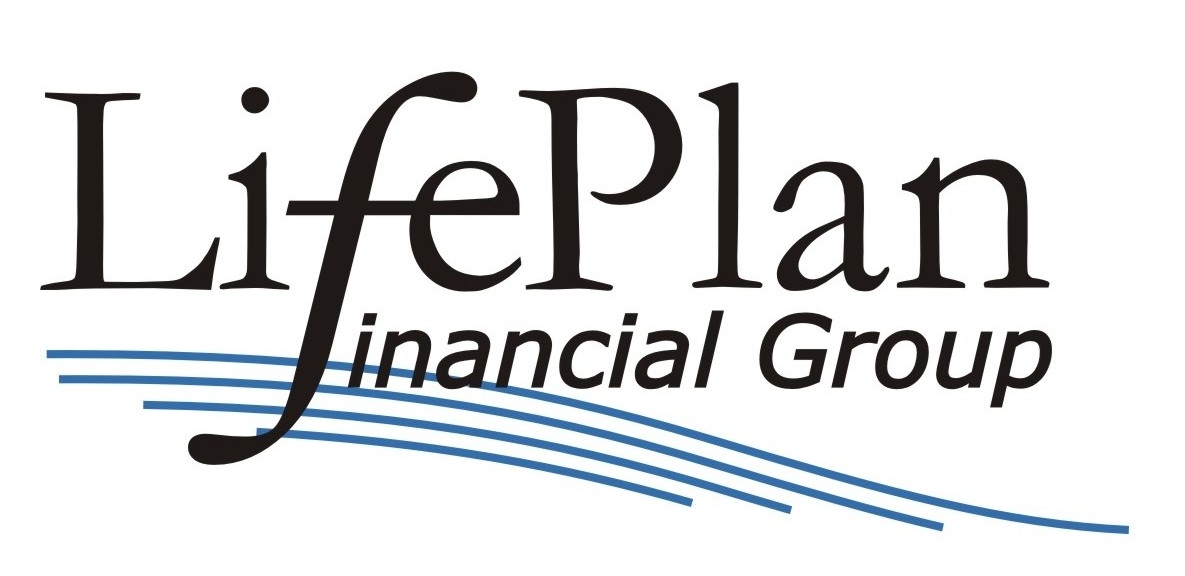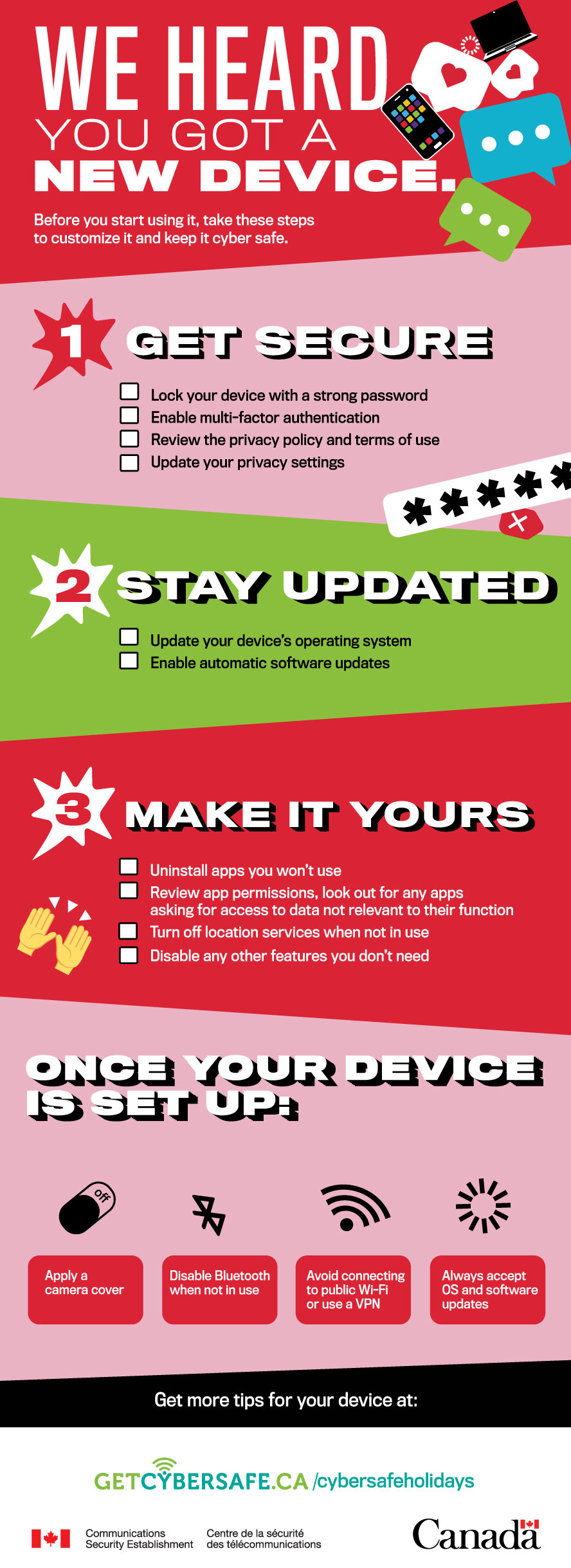October is Breast Cancer Awareness Month
/Be Your Breast Friend
While more people are surviving breast cancer than ever before it is still the most common cancer and the second leading cause of cancer death among Canadian women.
1 in 8 women is expected to develop breast cancer during her lifetime.
Some factors that increase the risk of developing breast cancer include:
· Age - 83% of the cases occur in women over 50 years of age
· Family history – mother or sister who was diagnosed with cancer before menopause
· Lifestyle factors - Alcohol use and obesity
Common signs and symptoms of breast cancer – a breast lump or tissue that feels different, breast pain, red pitted skin over the entire breast, unusual or bloody nipple discharge or a lump or swelling under the arm.
Be Your “Breast” Friend!
It is recommended to do a breast self-examination. It's best to do this exam once a month at the same time each month. It can help you become familiar with how breasts normally look and feel so that you can notice any changes. If so, consult your doctor.
Having a mammogram may not prevent breast cancer, but it can help reduce the chances of being undetected.
Specific recommendations for mammograms are different for each woman, so talk with your doctor to see if you should get regular mammograms.
Social Media
/Most of us have social media accounts, like Facebook, Twitter, and Instagram, which keep us in touch with loved ones that are far and near. However, it is also an easy way for hackers to learn about us since we share absolutely everything and our personal information is public to most of the internet, so it is very important to take precautions before you share a post.
Since much of social media is public, it is easy for scammers to gather your information and start their phishing campaigns. Some may come as a message from your friends without them even knowing if they sent it. If it seems too suspicious, it is best practice not to with it.
Hackers have developed the practice of social engineering, in which they obtain confidential information through deception. They contact you by email or phone and use personal information that you have shared to make it seem like a legitimate request for personal or financial information.
Social media platforms receive all our private information about us, friends and family members, our vacation pictures, and even the contents in our direct messages. It is important to understand how this information is being sold to advertisers and other third parties by social media sites.
Make it a best practice to review your privacy settings often, then you control who can see what you share and how much of your profile is accessible. Default settings provide strangers more access than you may be comfortable with.
So, keep your private information private, although you may think you are being careful, you don't know who can see what you post, therefore be mindful and avoid sharing:
· Personal information
· Informative pictures
· Geotagged photos
· Exciting news
· Banking or financial information
Multi-factor authentication and Passwords
/Another layer of protection of your accounts to keep your information safe are the multi-factor authentication, it is your backup plan for your password. Simply add an extra step to your login process to your accounts and devices. Most devices and social media sites offer the option to use a multi-factor authentication in their security settings, whenever the option is prompted to enable it, click YES.
One of the best ways to keep your personal information safe is to use a unique and complex password or passphrase.
Here are some tips for a more secure password:
Don’t take the bait: Recognize and avoid Phishing attacks.
/Whether it is through email, text message, phone call; these scammers, or hackers, can trick you into clicking on links, attachments or make you believe they are from a legitimate organization, it is best to stop before you act on any of these. Read very carefully what the message is and never give out your personal information.










